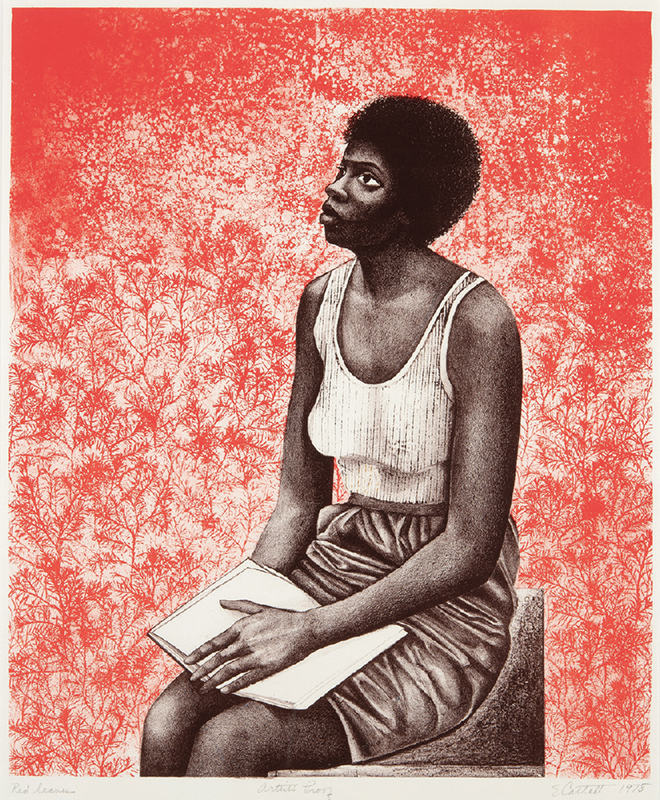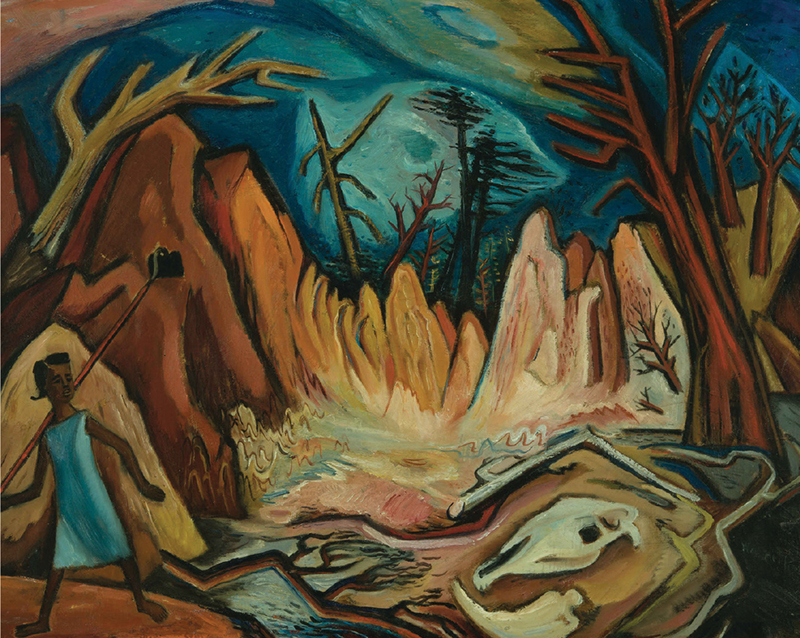There are some art exhibitions that transcend themselves. That is to say, the fact that the show is taking place is of greater significance than the art on view. Such is the case with A Tale of Two Collections, which opened in mid-March at the Mississippi Museum of Art in Jackson and runs until June 16. The show presents the work of ten artists, including Pablo Picasso, Joan Miró, Elizabeth Catlett, Romare Bearden, Hale Woodruff, and Benny Andrews. But even with the force of their combined talent and fame, the art is of secondary importance.

The two art collections of the exhibition’s title are those of the MMA and Tougaloo College, a historically black liberal arts schools located about ten miles north of Jackson. The show, says its organizer, curator Redell Hearn, is a manifestation of the institutions’ “decades-long relationship centered on sharing their art collections.” Tougaloo’s was first formed in the 1960s, when cultural centers in the state were still segregated. The MMA’s collection dates to 1911 and the forming of the Mississippi Art Association, which had no permanent home until the museum opened in 1978. By then, attitudes and laws had changed. The Museum exhibited works on paper from the Tougaloo collection in the new downtown museum that first year, and worked with the college to tour its collection statewide. “While this exhibition calls attention to the practice of building separate art collections for separate audiences in segregated cities like Jackson during the twentieth century,” says Betsy Bradley, the director of the MMA, “it also demonstrates the power and potential of sharing collections and building shared communities of visitors in the twenty-first.”

A Tale of Two Collections is also the third exhibition presented as part of the Art and Civil Rights Initiative, an ongoing partnership between Tougaloo and the MMA, supported by the Henry Luce Foundation, which seeks to use art as a focal point for discussions about civil rights issues, past and present.
In our distressingly acrimonious times, it is welcome indeed to see programs at work such as these cooperative efforts that seek to foster comity and understanding.
